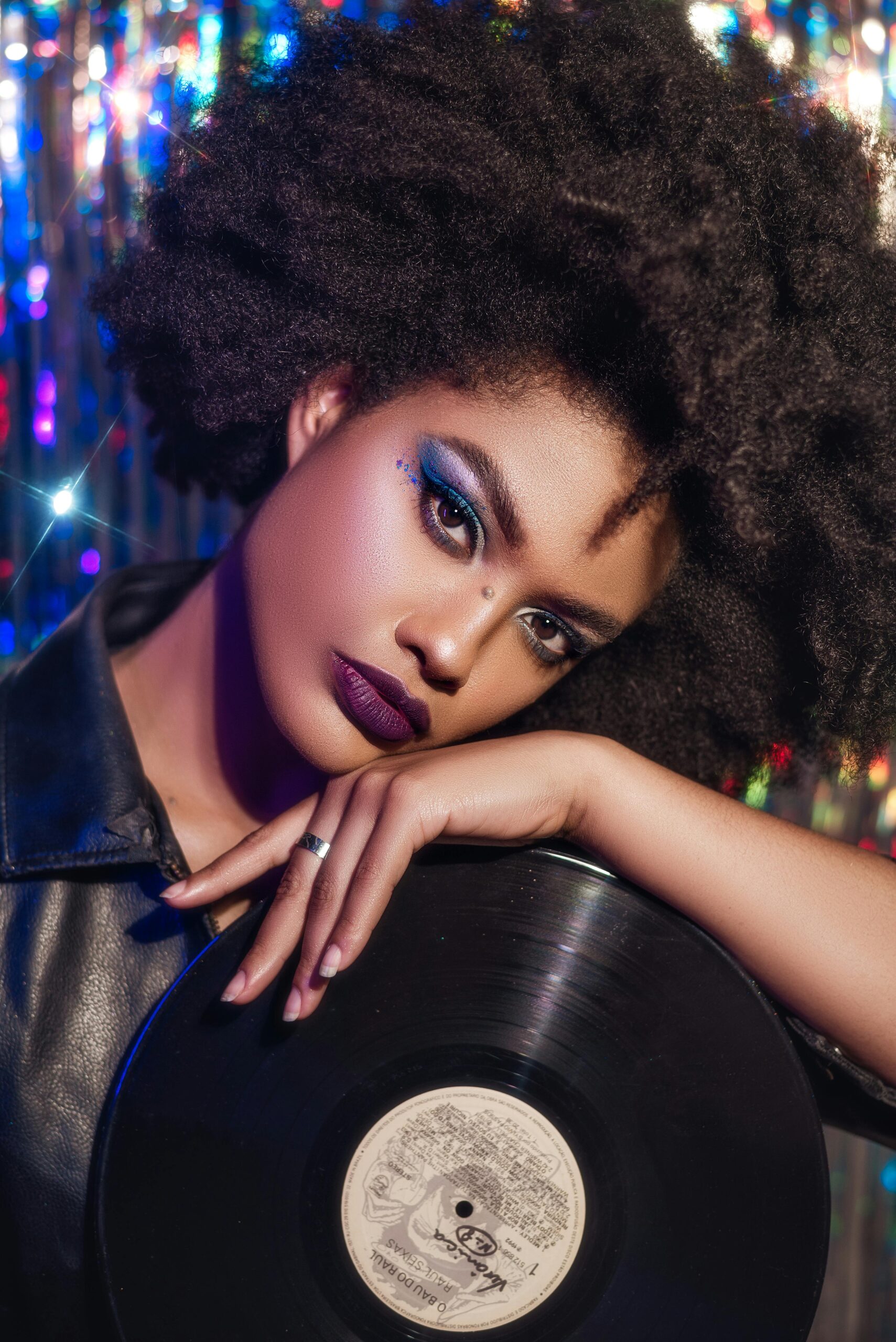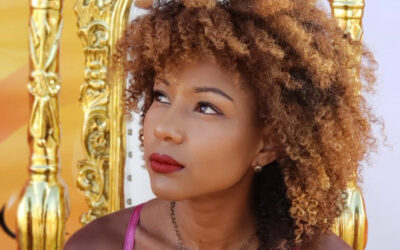When we think of the most powerful voices in music history, many belong to Black female artists. These women have shaped genres, but also broken barriers and set new standards for artistic excellence. Yet, despite their monumental contributions, they often find themselves confined to narrow genre labels like urban and R&B. This isn’t just a slight against their talent—it’s a systemic issue with deep historical roots and significant consequences.
In the early 20th century, Bessie Smith and Ma Rainey were pioneers of the blues. Their music spoke to the Black experience in America, but mainstream recognition confined them to the “blues” box, limiting their broader impact and commercial reach. This wasn’t a reflection of their artistry but rather the industry’s perception of where Black artists “belonged.”
In the 1960s and 70s, Aretha Franklin’s voice effortlessly moved between gospel, jazz, and rock. Yet, she was predominantly labelled as the “Queen of Soul,” a title that, while honouring her contributions to soul music, pigeonholed her into a specific genre. This wasn’t just a marketing tactic; it was a reflection of how the industry viewed Black artists—as belonging to certain predefined spaces.

Fast forward to today, and the struggle continues. Take Beyoncé, for example. She has dabbled in rock, country, and even opera, yet she is primarily marketed and celebrated as an R&B and pop artist. Her groundbreaking album “Lemonade” incorporated a myriad of genres, from country to reggae, but it was still largely categorised as an R&B album.
Rihanna is another case in point. Her music spans pop, reggae, and electronic dance music. Yet, despite this versatility, she is often pigeonholed into the urban category. This is not just about how the music is classified; it influences how these artists are promoted, who listens to their music, and the opportunities they receive.
Normani and Tinashe are two contemporary artists whose careers exemplify the challenges of genre pigeonholing. Normani, who rose to fame with Fifth Harmony, has shown incredible versatility in her solo career. Her music blends of pop, R&B, and dance, yet she is frequently marketed within the R&B and urban categories. This limits her exposure to broader audiences who might appreciate her diverse talents.

Tinashe faces a similar struggle. Her music spans pop, R&B, hip-hop, and electronic, showcasing her ability to transcend traditional genre boundaries. Despite this, she often finds herself confined to the urban genre. This not only affects her visibility but also her opportunities within the industry, from radio play to award nominations. Frustrated by this confinement, Tinashe eventually decided to become an independent artist to regain control over her music and artistic direction.
The Unseen Pioneers in Country Music
When people think of Black artists in country music, names like Charley Pride and Darius Rucker often come to mind. However, Black women like Linda Martell, the first Black woman to chart a country hit, as well as The Pointer Sisters and Dona Mason, also had significant prominence in the genre. Their contributions are frequently overlooked, underscoring a broader issue of erasure and genre confinement.
The conversation about Black artists in country music was revived in 2019 when Lil Nas X’s “Old Town Road” burst onto the scene. Billboard initially refused to recognise it as a country song due to its hip-hop elements. Many fans felt that Lil Nas X’s race played a significant role in this decision. This controversy highlighted the ongoing challenges Black artists face in crossing genre boundaries. In addition, the pushback and debate on social media about Beyonce going further proves this point. Critics argued that Beyonce isn’t country and doesn’t represent the genre well, which is interesting considering Beyonce grew up in Texas and has shown an interest in the genre since Destiny Child, for example wearing her cowboy hats and boots.

The Industry’s Role in Reinforcing Stereotypes
The music industry plays a significant role in this genre confinement. Record labels, marketing teams, and even award shows tend to categorise Black female artists in ways that reflect racial and genre stereotypes. This is often about more than just musical style; it’s about marketability and perceived audience appeal.
For example, when artists like Beyoncé, Rihanna, Normani, and Tinashe are marketed primarily within the urban and R&B spaces, it sends a message about where their music “belongs.” This affects radio play, streaming algorithms, and even the types of venues where they perform. The industry’s focus on genre as a primary identity marker often overshadows the artist’s versatility.
Cheryl Thompson, a professor specialising in creative industries at Ryerson University, shares her perspective on how music genres become associated with specific racial identities. She believes that the regulations surrounding these genres play a crucial role in shaping this association. Using hip-hop as an example, she explains how its mainstream success has led to a commercialised and diluted version of the genre. Thompson also discusses the challenges faced by Black artists, particularly men, who struggle to maintain creative control over their work. She argues that these factors make it difficult for artists to express their Black identity authentically. According to Thompson, authenticity in Black music often involves being “oppositional…critical [and] maybe confrontational.” She points out the dilemma faced by artists who seek financial success while staying true to these principles in today’s music industry.
Following the momentum of the Black Lives Matter movement, significant labels such as Republic Records and Warner Music Group Corp. opted to discontinue the use of the term “urban,” recognizing its role in stereotyping Black artists. This term originated from the era of race records, serving as a label for music created by Black artists. However, even with the elimination of “urban,” the fundamental issues remain unresolved. Instances like The Weeknd’s track “Blinding Lights” winning in the best R&B category at major music award ceremonies, despite its pop genre, underscore the persistent pigeonholing of Black artists within the industry, revealing a reluctance to embrace meaningful change.
Broader Implications and Efforts for Change
The pigeonholing extends beyond genre. Black artists are often restricted in the themes they are “allowed” to explore. David “Click” Cox, former A&R and now president of his own entertainment consulting firm CLK Creative Works, highlights how rappers, for instance, are expected to conform to certain stereotypes, which affects public perception of Black culture as a whole.
Cox, along with Ian Andre Espinet, co-hosted a 10-part series called Breaking Down Racial Barriers, presented in partnership with the Canadian Independent Music Association and ADVANCE, a Black music collective. The series aimed to address anti-Black racism in the music industry and resulted in a report highlighting systemic issues and recommendations for change. This initiative seeks to make the industry reflect on its complicity in maintaining racial barriers and work towards a more inclusive future.
The Path Forward: Embracing True Artistic Freedom
To change this, we need a cultural shift within the music industry. It starts with recognising and celebrating the full range of Black female artists’ talents. This means allowing their music to transcend genre labels and reach wider audiences. Media representation is crucial here; critics and journalists should highlight the diversity within these artists’ work rather than confining them to a single genre narrative.
Additionally, record labels and marketers need to embrace more inclusive strategies. This could involve promoting Black female artists across different genres and audiences, rather than sticking to the traditional urban and R&B markets. By doing so, we can help these artists gain the recognition and success they deserve across the entire musical spectrum.
Black female artists have always been at the forefront of musical innovation. They have created, shaped, and transformed genres. Yet, the industry’s tendency to pigeonhole them into specific categories limits their reach and diminishes their achievements. By breaking free from these constraints, we can honour the true spirit of their artistry.
It’s time to move beyond labels and let the music speak for itself, celebrating the full spectrum of creativity that Black female artists bring to the world. In doing so, we not only enrich the music industry but also pay rightful homage to the talent and versatility of these extraordinary women.





